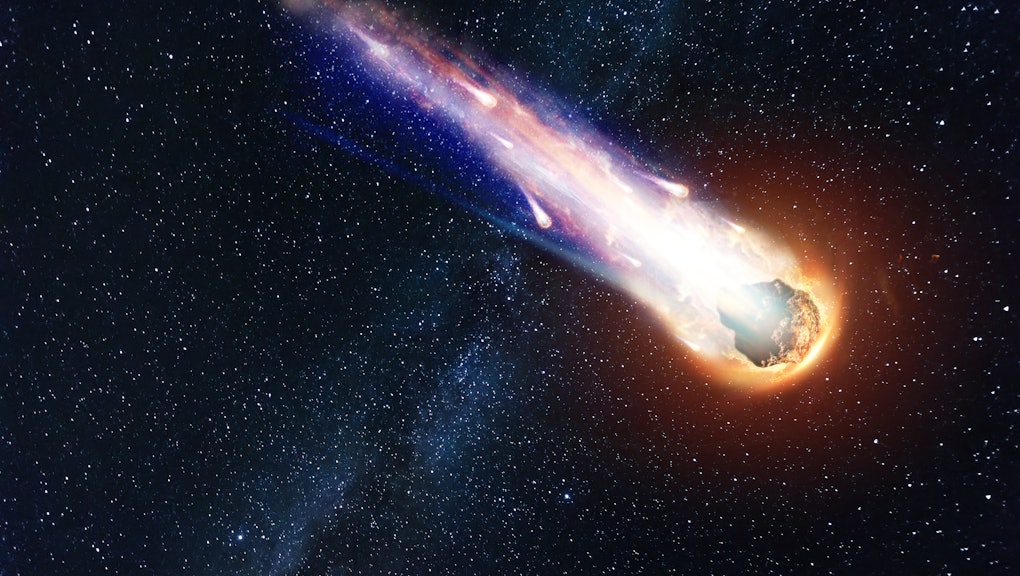Scientists
have detected trace amounts of superconducting material inside one of the
world’s largest meteorites, according to a new study.

Background
Superconductors are materials that can conduct
electrical current without resistance, and they’re coveted by researchers who
study quantum computers and companies hoping to transfer
energy more efficiently.
Details
Ø
The superconductor inside the Australian meteorite is a known
material, but the discovery itself comes as a shock.The scientists used a technique called magnetic
field modulated microwave spectroscopy (MFMMS).
Ø
The
MFMMS method starts with scientists putting tiny sample fragments into a cavity
filled with microwaves and an oscillating magnetic field and then cooling it.
Ø
The
MFMMS method allows scientists to quickly scan through lots of materials to
determine whether or not they are superconductors.
Ø
The
team recorded the superconducting transition in two meteorite fragments:
one from the Mundrabilla meteorite, one of the world’s
largest meteorites comprising 22 metric tons of pieces scattered
across Australia’s Nullarbor plains, and one from a meteorite
called GRA 95205.
Ø
The
superconducting material was an alloy of indium, lead, and tin, a material
previously known as a superconductor to scientists. It’s the first evidence of
superconductivity in space.
Ø
These
meteorites’ components would have undergone chemical changes like heating and
recrystallization during solar system formation, obscuring the environment their
materials first formed in.
Ø
While
this alloy isn’t a superconductor at room temperature on Earth, there are
locations of space colder than the 5-degrees-Kelvin at which it becomes a
superconductor.
Ø
If
these alloys took on superconducting properties in the cold of space, perhaps
they could affect the magnetic fields surrounding them, producing phenomena
potentially visible to telescopes on Earth.
Ø
The
research opens the door on an entire field of inquiry to look at rare metals
like these indium-tin-lead alloys not known from meteorites previously.
To know more;visit-
Comments
Post a Comment